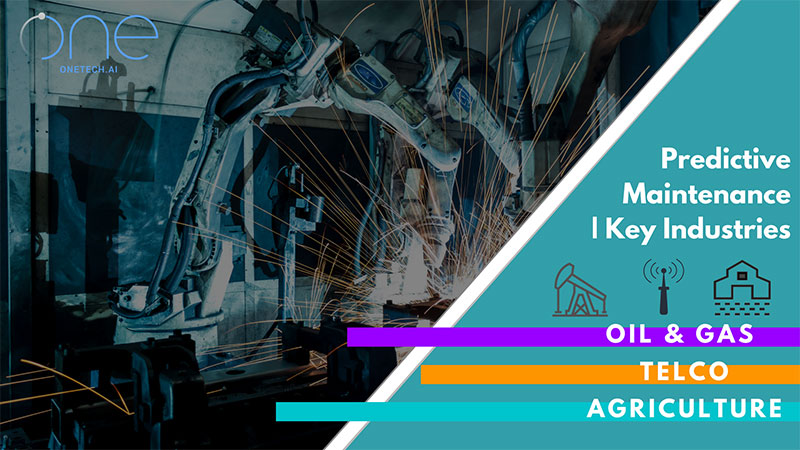
09 Jul Predictive Maintenance, Maximizing Asset Value
A Way To Optimization
Imagine a company has just suffered equipment failure. Aside from the costly setback and time-inducing repairs, the cause of the malfunction is largely unknown. It would be a further pain if the problem replicates itself in the future – the company and equipment management team would not have peace of mind.
Wouldn’t it be super if the next time around, there’d be an alert that the system sends to notify proper employees of the malfunction, prompting immediate action? Well, it’s better, but still not the ideal solution. You’d still have to suffer all the inconveniences that comes with inoperable equipment and resulting costs.
Now, what if your system recognizes a change in usual equipment behavior with the help of connected devices and sensors? This change could be an anomaly such as a temperature increase or a shift in an asset location. Your system would notify you of the anomaly detection and suggest you take action or suffer imminent equipment failure. Even a subtle shift in the temperature of a pipeline that is slowly heating up would allow enough data for the system to recognize that something is wrong. This process of data aggregation, analyzation, and visualization would then amount to something that is truly valuable for the enterprise.
Big Data for Smarter Analytics
Predictive maintenance is the early detection and recognition of equipment failure and the deployment of preventive solutions to deal with the problem. Over time, numerous forms of predictive maintenance have taken place to safeguard assets but not until the fourth industrial revolution has this form of preventive care been more efficient. Powered by sensor connectivity, IoT, big data analyzation, and you have the most efficient and modern take on predictive maintenance.
Not only would predictive maintenance save money for the enterprise, but big data analytics would result in potential automation that cuts down time and effort in equipment management. Going back to our overheating pipeline example – if the pipeline showed similar patterns of overheating over multiple instances, our system would not only suggest, but automate our decision making to ensure the appropriate responses are put in place. Both the cases of preventive care and automatized care are of course, made possible by data aggregation and analytics.
The evolution of equipment management started with reactive care, or simply put, reacting after the fact that the equipment is discovered to be faulty or damaged. Proactive care would be a more evolved step, and this would be where preventive maintenance is categorized. There would, of course, be differing gradations of these strategies. Like previously mentioned, automatized care would be a convenience add-on to the already-modernized preventive care.
Data Integration for the Enterprise
Big data analytics is only adopted by 53% of companies in 2017, with undoubtedly less companies using this data to deploy predictive maintenance. For some companies, especially smaller ones, their budget don’t allow for this adoption. However, other businesses are potentially self-encumbered by a trust and familiarity in legacy management systems.
The other ~47% of businesses also hesitate to make the technological leap because of the growing complexity of technology and IoT capabilities. However, the hypothetical ramp to make this leap could propel businesses to new and greater heights of efficient budgeting through preventive care.
If you or your company is a part of this percentage, or if you’d rather invest in streamlined analytics and preventive care, check out MicroAI’s page – featuring a video, white paper, and demonstration on predictive analytics.

